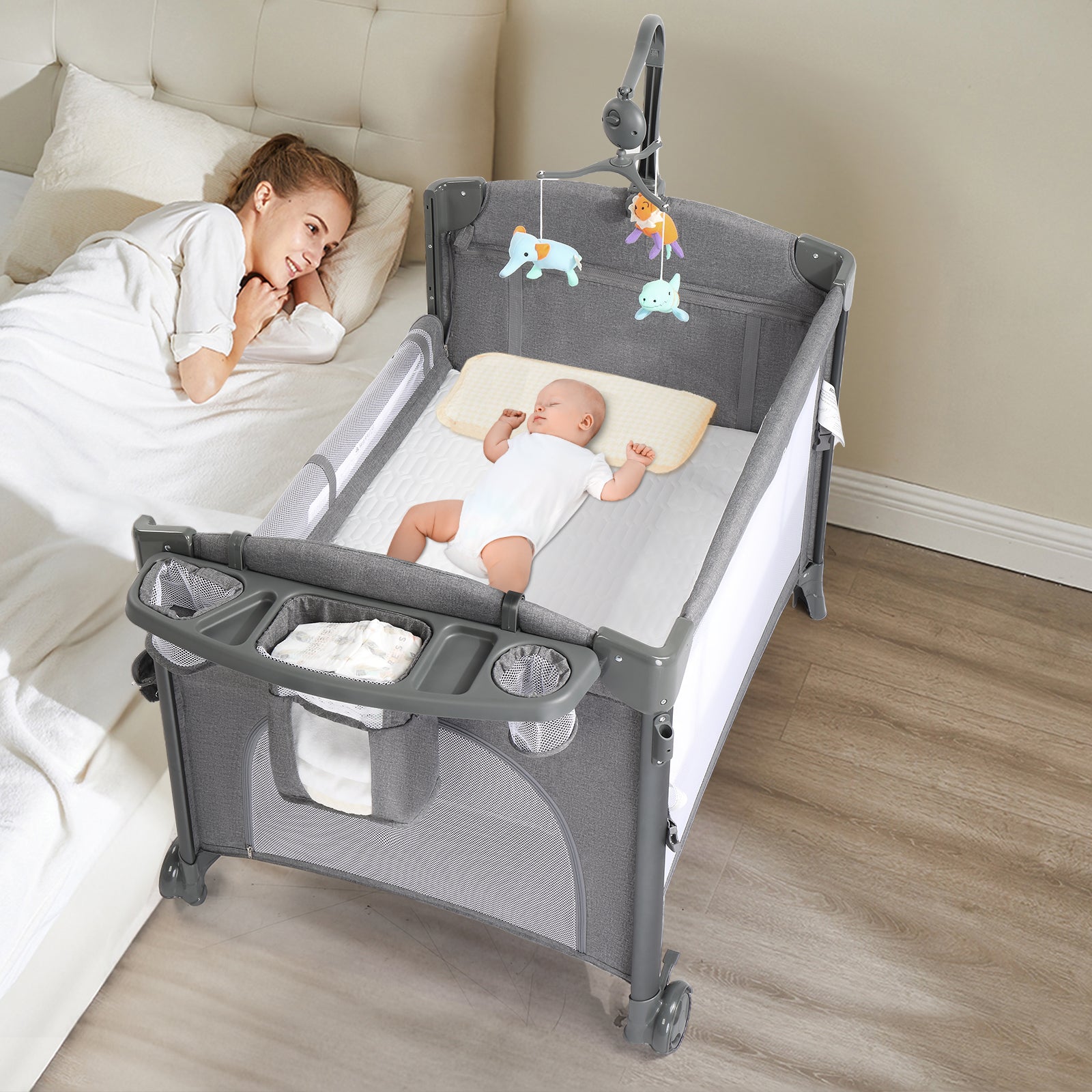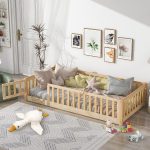Introduction: Understanding the Risks
As parents or caregivers, one of our greatest fears is the possibility of our baby falling off a bed or any elevated surface onto a hard floor. While such accidents are distressing, it’s essential to stay calm and act quickly to ensure the safety and well-being of the child. In this guide, we’ll outline the emergency protocol to follow if your baby falls off the bed onto a hard surface, including steps to assess for injuries, provide first aid, and seek medical attention if necessary.
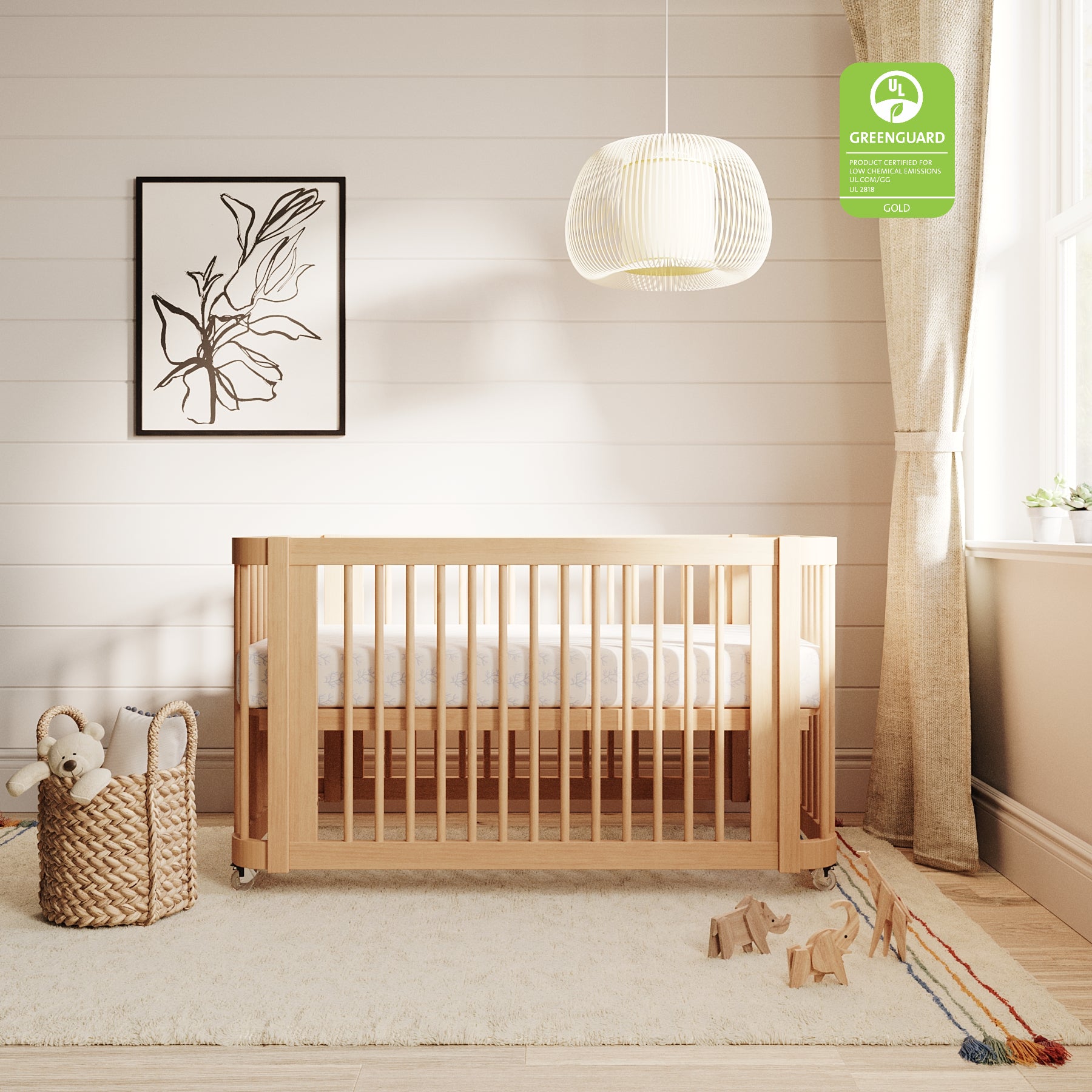
Assessing the Situation: Stay Calm and Act Quickly
The first and most crucial step is to stay calm and assess the situation calmly but urgently. Here’s what to do:
- Check for Consciousness: Gently call your baby’s name and observe their response. Ensure they are conscious and alert.
- Look for Signs of Injury: Carefully examine your baby for any visible signs of injury, such as cuts, bruises, swelling, or bleeding.
- Assess Movement: Check if your baby can move their limbs freely without apparent discomfort or limitation.
- Observe Behavior: Monitor your baby’s behavior for any changes, such as excessive crying, irritability, lethargy, or unusual sleepiness.
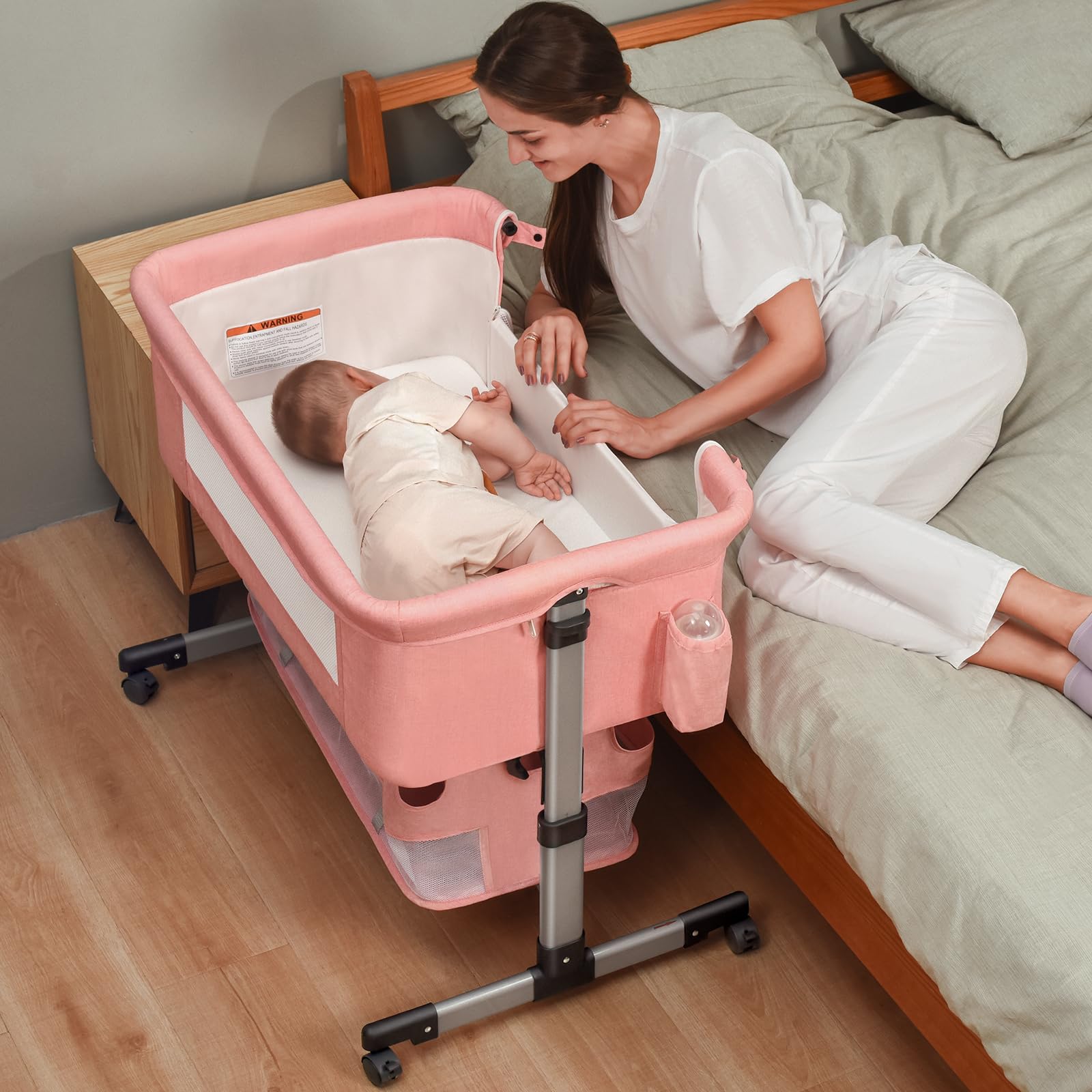
Providing Immediate Care: First Aid Steps
Once you’ve assessed the situation, it’s crucial to provide immediate care to address any injuries and alleviate discomfort. Follow these first aid steps:
- Comfort and Reassure: Comfort and reassure your baby with gentle words, soothing touches, and cuddles to help them feel safe and secure.
- Ice or Cold Compress: If there are any bumps or bruises, apply a cold compress or ice pack wrapped in a cloth to the affected area for 15-20 minutes to reduce swelling and pain.
- Monitor for Signs of Concussion: Watch for signs of concussion, such as vomiting, dizziness, confusion, loss of consciousness, or changes in behavior. If you notice any of these symptoms, seek medical attention immediately.
- Keep Baby Awake: Keep your baby awake and monitor them closely for the next few hours, especially if they fell asleep shortly after the fall. If you have any concerns about their condition, do not hesitate to contact a healthcare professional.
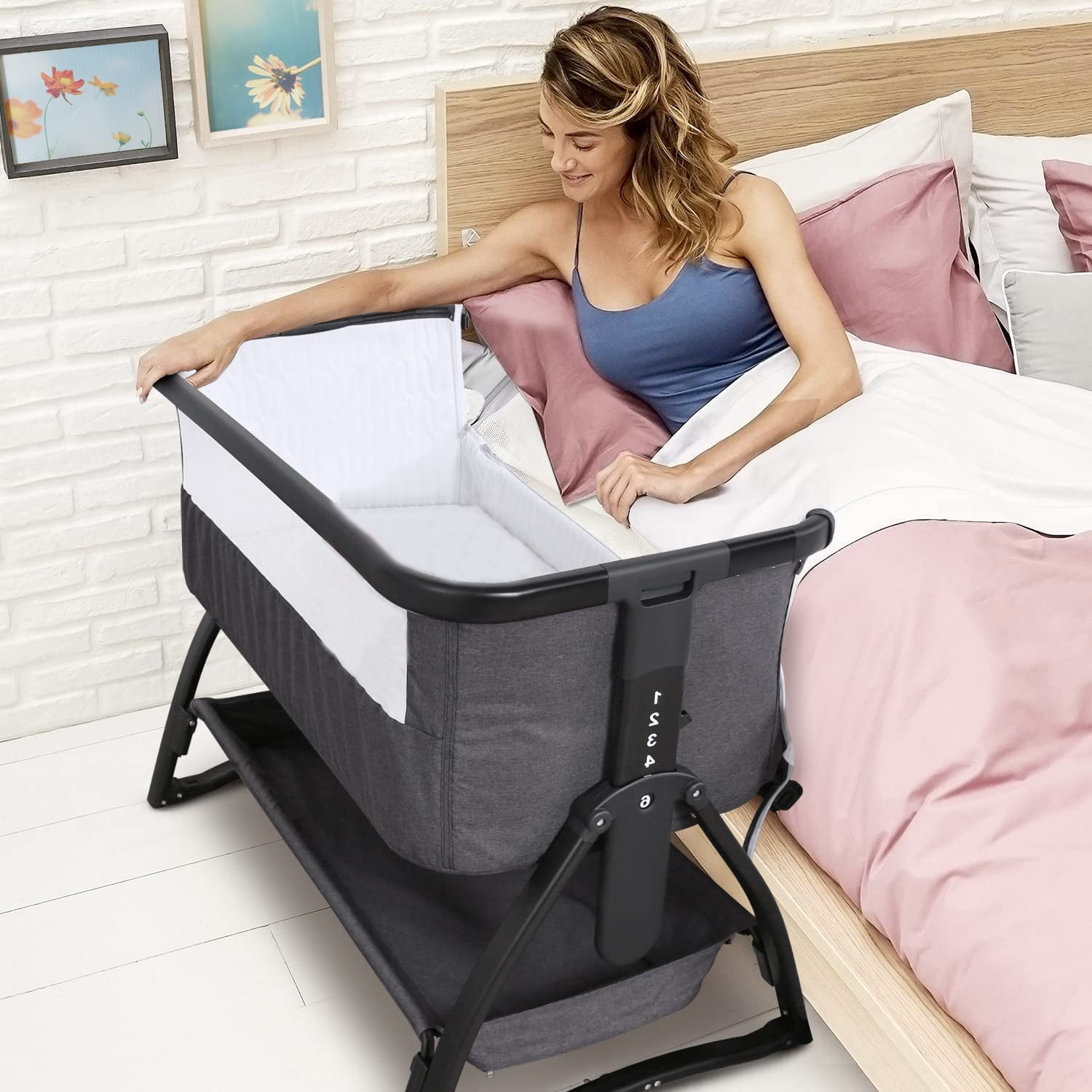
Seeking Medical Attention: When to Call for Help
While not all falls result in serious injury, it’s essential to know when to seek medical attention for your baby. Call emergency services or your pediatrician if:
- Loss of Consciousness: Your baby loses consciousness, even briefly, after the fall.
- Visible Signs of Injury: Your baby has visible signs of injury, such as bleeding, severe bruising, swelling, or an open wound that requires medical attention.
- Abnormal Behavior: Your baby exhibits abnormal behavior, such as vomiting repeatedly, appearing drowsy or lethargic, or having difficulty breathing.
- Concerns About Head Injury: You suspect your baby may have sustained a head injury, such as a concussion, due to symptoms such as persistent crying, irritability, or changes in consciousness.
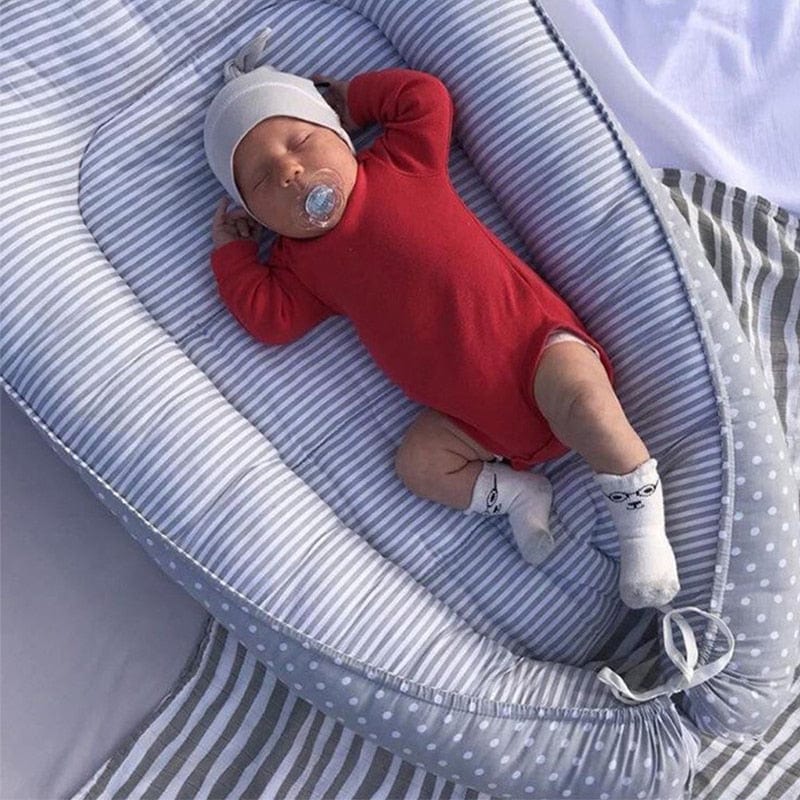
Preventing Future Accidents: Safety Measures
While accidents can happen, there are steps you can take to minimize the risk of your baby falling off the bed or other elevated surfaces in the future:
- Use Safety Rails: Install safety rails or guards on the sides of the bed to prevent your baby from rolling off during sleep or play.
- Lower the Mattress: Lower the mattress height of your baby’s crib or bassinet as they grow and become more mobile to reduce the risk of falls.
- Supervision: Always supervise your baby when they are on an elevated surface, such as a bed or changing table, to prevent accidental falls.
- Create Safe Sleeping Environment: Ensure your baby’s sleep environment is safe and free from hazards, such as loose bedding, pillows, or toys, which could pose a suffocation risk.
Educating Others: Sharing Knowledge and Awareness
In addition to knowing how to respond in the event of a baby falling off the bed, it’s essential to educate other caregivers, family members, and childcare providers about the risks and preventive measures. By sharing your knowledge and raising awareness, you can empower others to prioritize safety and take appropriate precautions when caring for infants and young children. Encourage open communication and collaboration in implementing safety protocols to ensure consistency and effectiveness in protecting children from accidents and injuries.
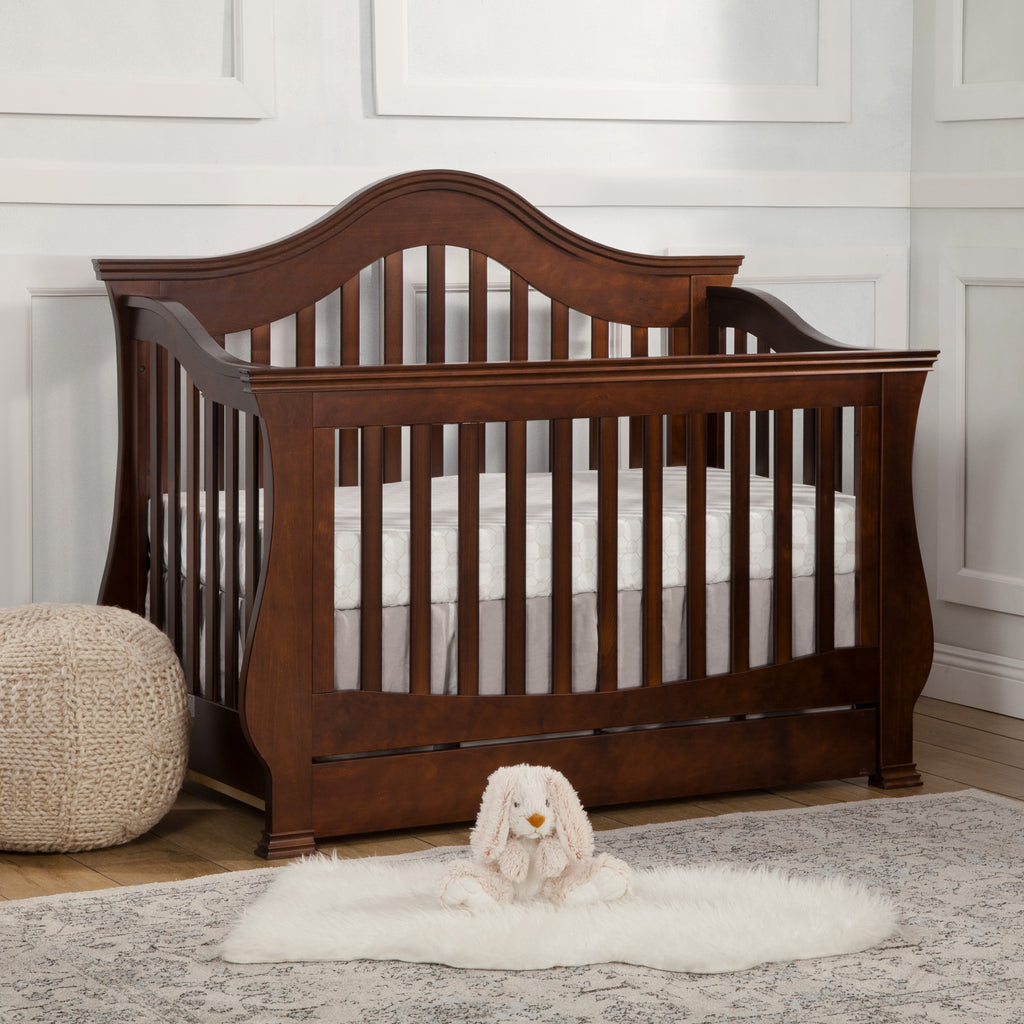
Creating a Safe Home Environment: Childproofing Tips
Preventing falls and accidents starts with creating a safe home environment for your baby. Consider the following childproofing tips to minimize hazards and promote a safer living space:
- Secure Furniture: Anchor heavy furniture, such as dressers, bookshelves, and TVs, to the wall to prevent tipping over.
- Cover Sharp Edges: Install edge guards or cushioning materials on furniture edges, countertops, and other sharp corners to reduce the risk of injuries from bumps and falls.
- Use Safety Gates: Install safety gates at the top and bottom of stairs and in doorways to restrict access to hazardous areas and prevent falls.
- Lock Cabinets and Drawers: Use childproof locks or latches on cabinets and drawers to prevent curious babies from accessing potentially dangerous items, such as cleaning supplies, medications, and sharp objects.
- Secure Cords and Wires: Keep electrical cords, window blind cords, and other dangling wires out of reach or securely fastened to prevent strangulation or tripping hazards.
- Maintain Supervision: Always supervise your baby, especially in areas where hazards may be present, such as kitchens, bathrooms, and outdoor spaces.
By implementing these childproofing measures and maintaining vigilance, you can create a safer home environment for your baby to explore and play in.
Conclusion: Prioritizing Safety and Well-being
In the event of a baby falling off the bed onto a hard surface, following the emergency protocol outlined above can help ensure a swift and appropriate response. By staying calm, assessing for injuries, providing first aid as needed, and seeking medical attention when necessary, you can help safeguard your baby’s health and well-being. Additionally, taking proactive measures to prevent future accidents, such as using safety rails and maintaining a safe sleep environment, can further reduce the risk of falls and injuries. Remember, your baby’s safety is paramount, and being prepared and informed can make all the difference in responding effectively to emergencies.
